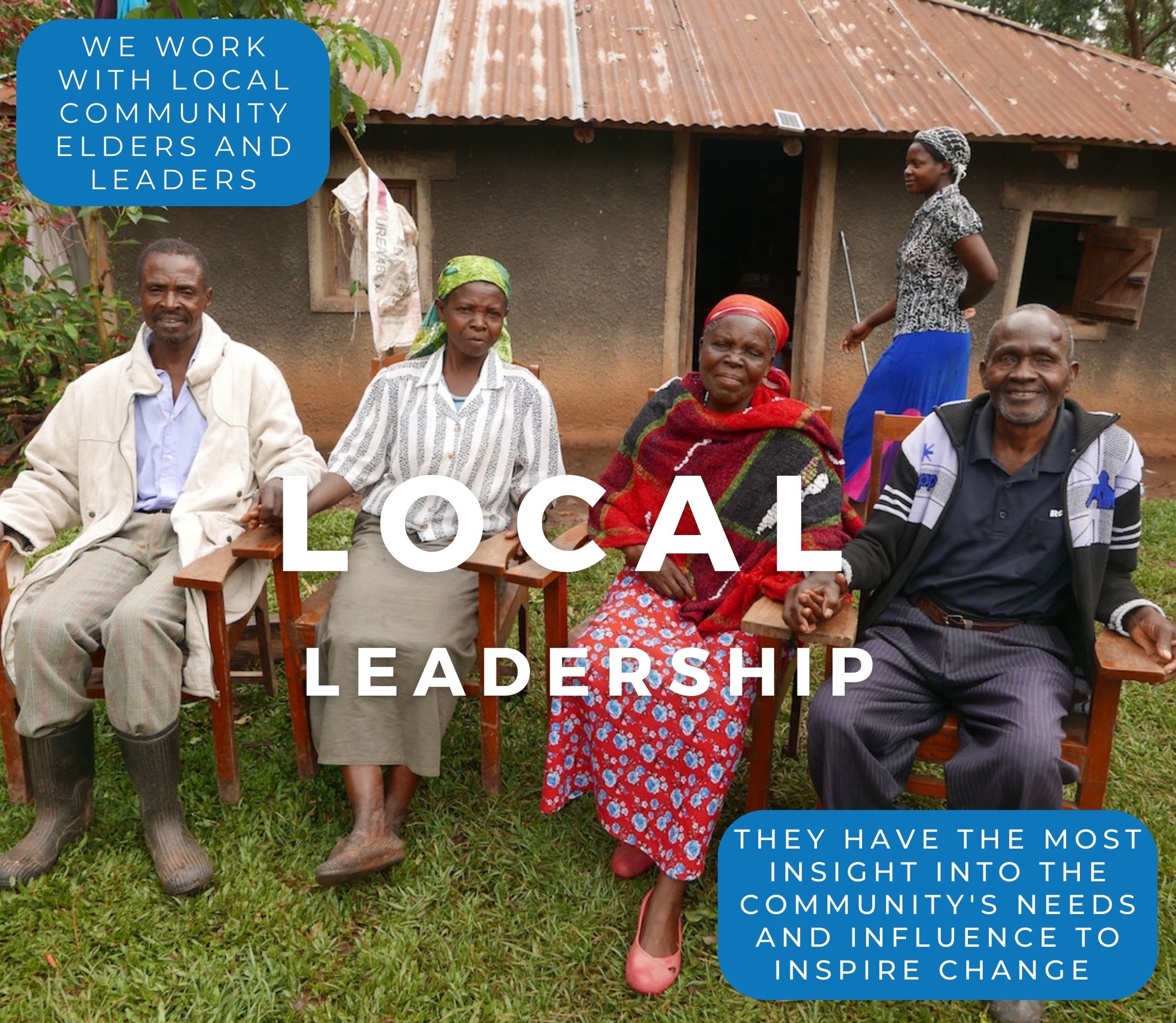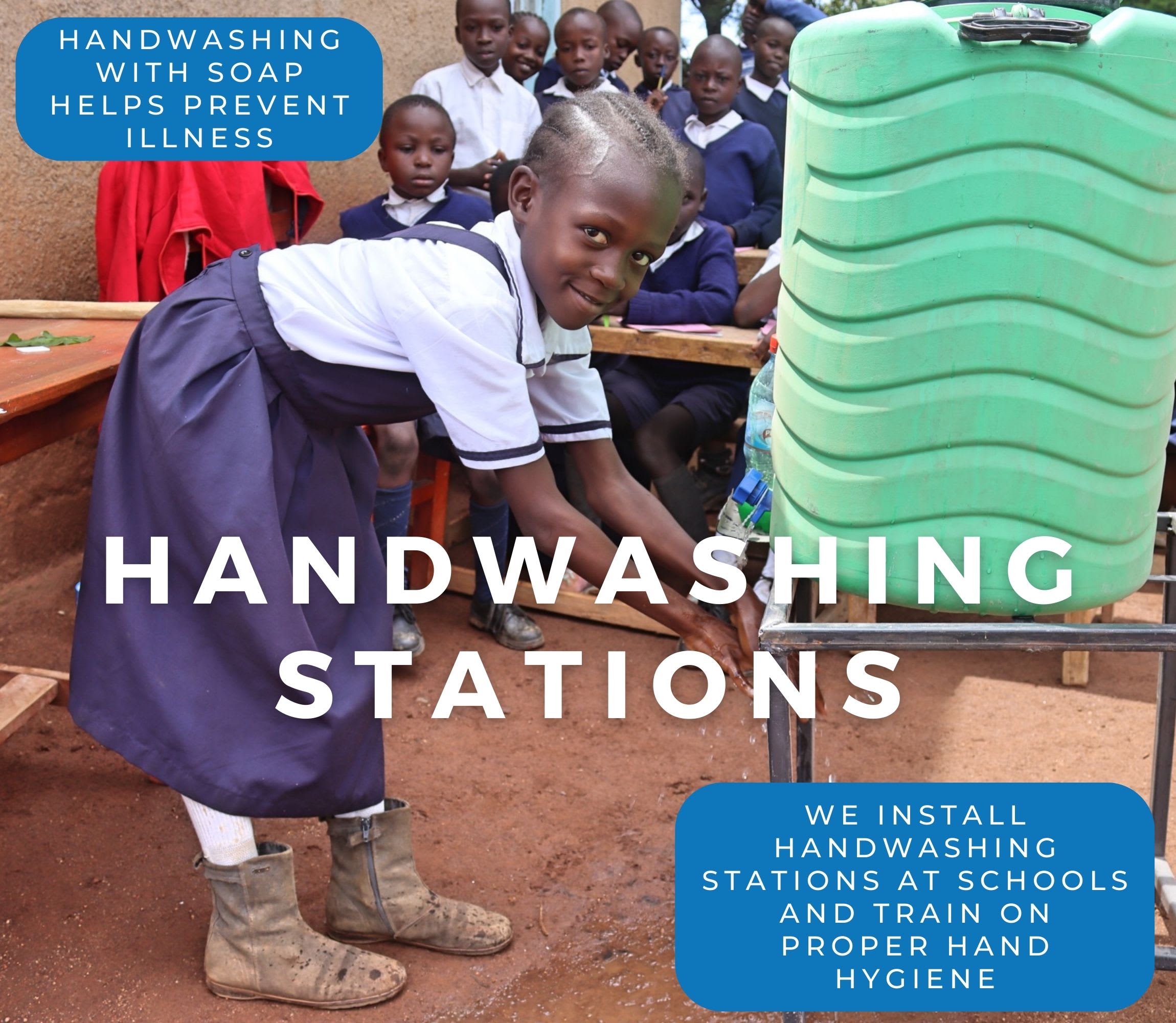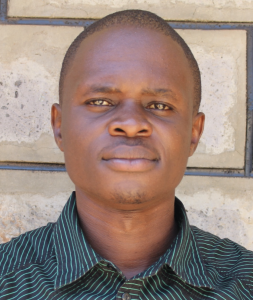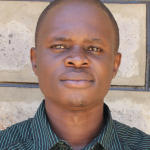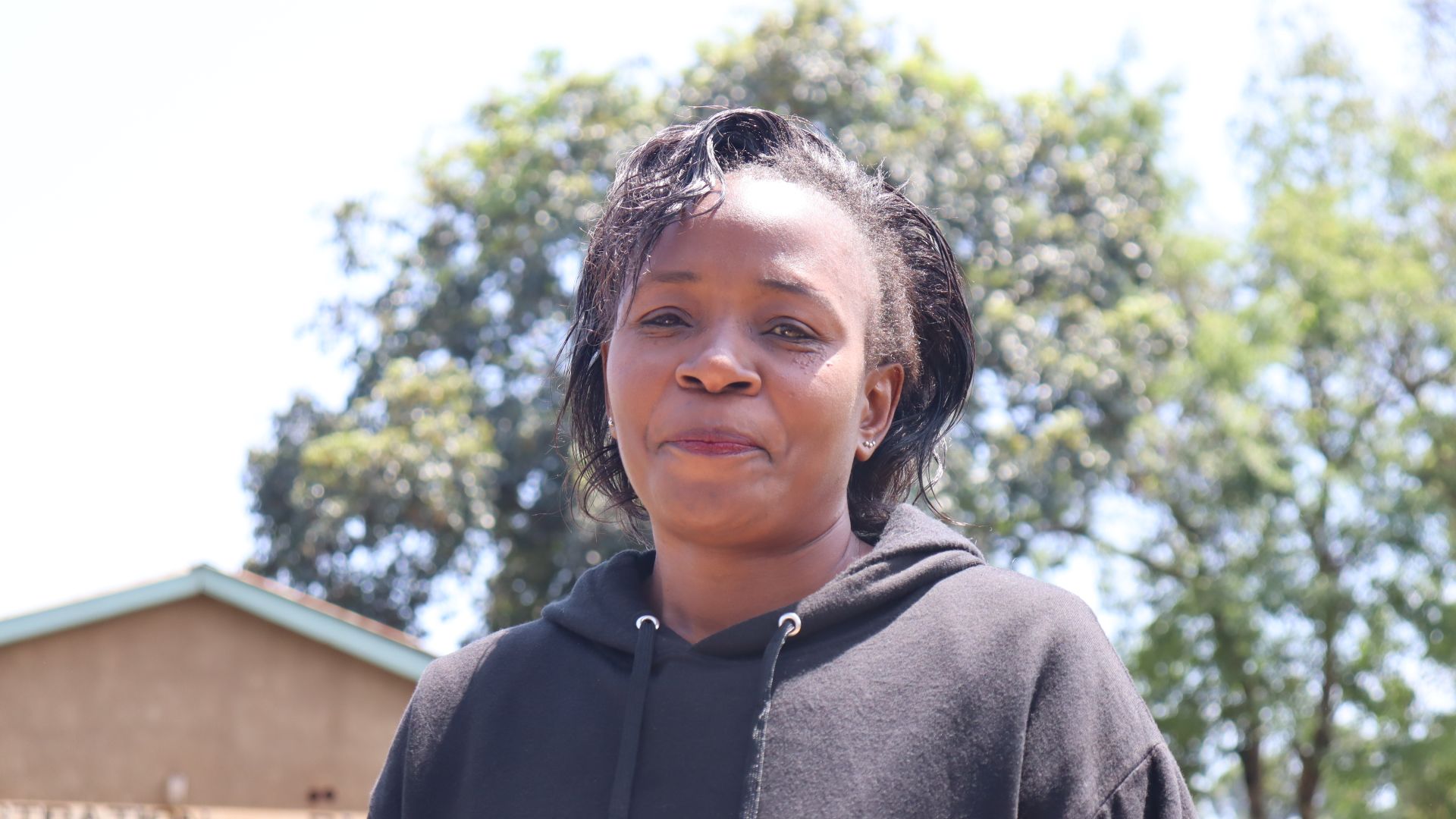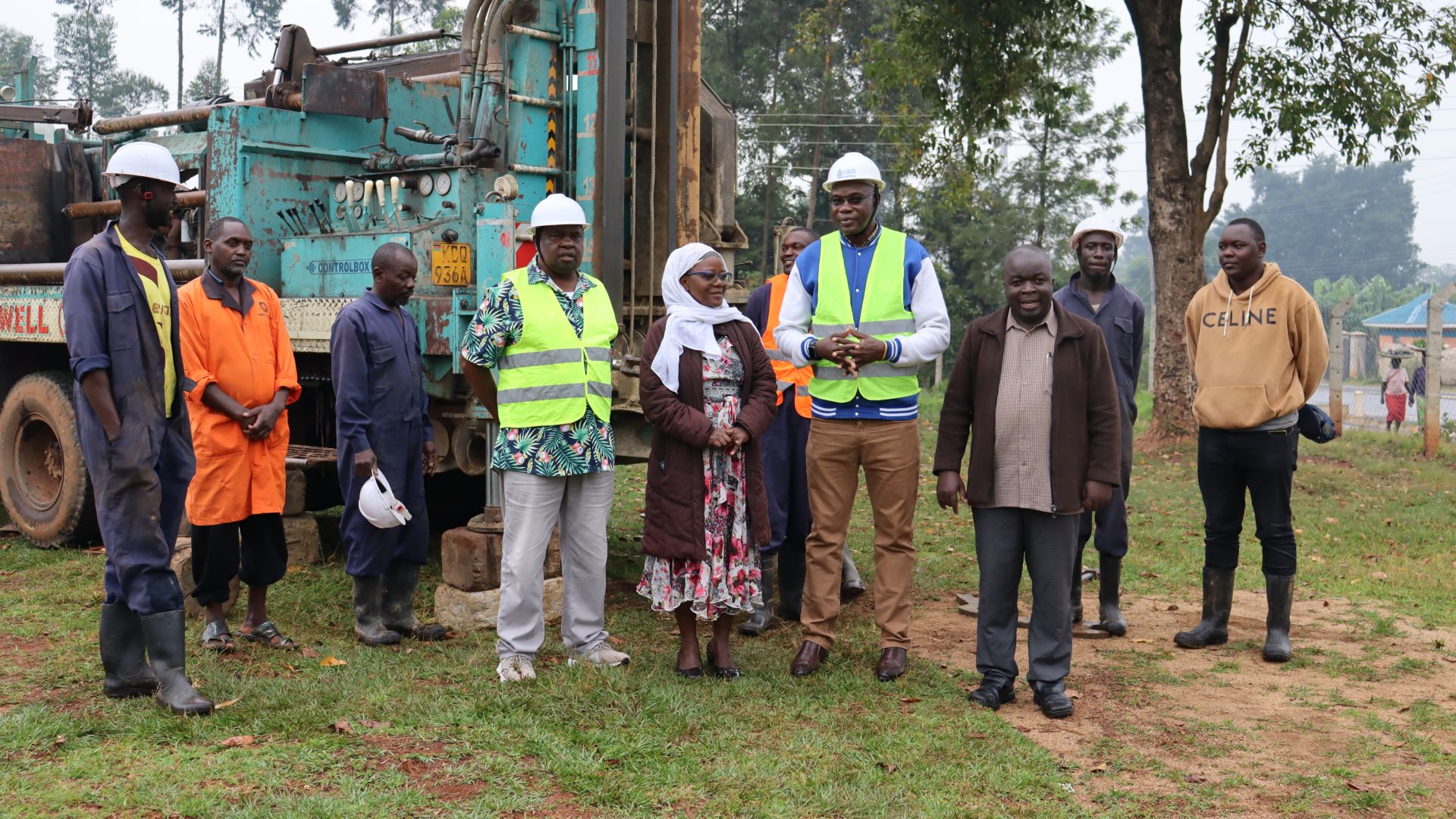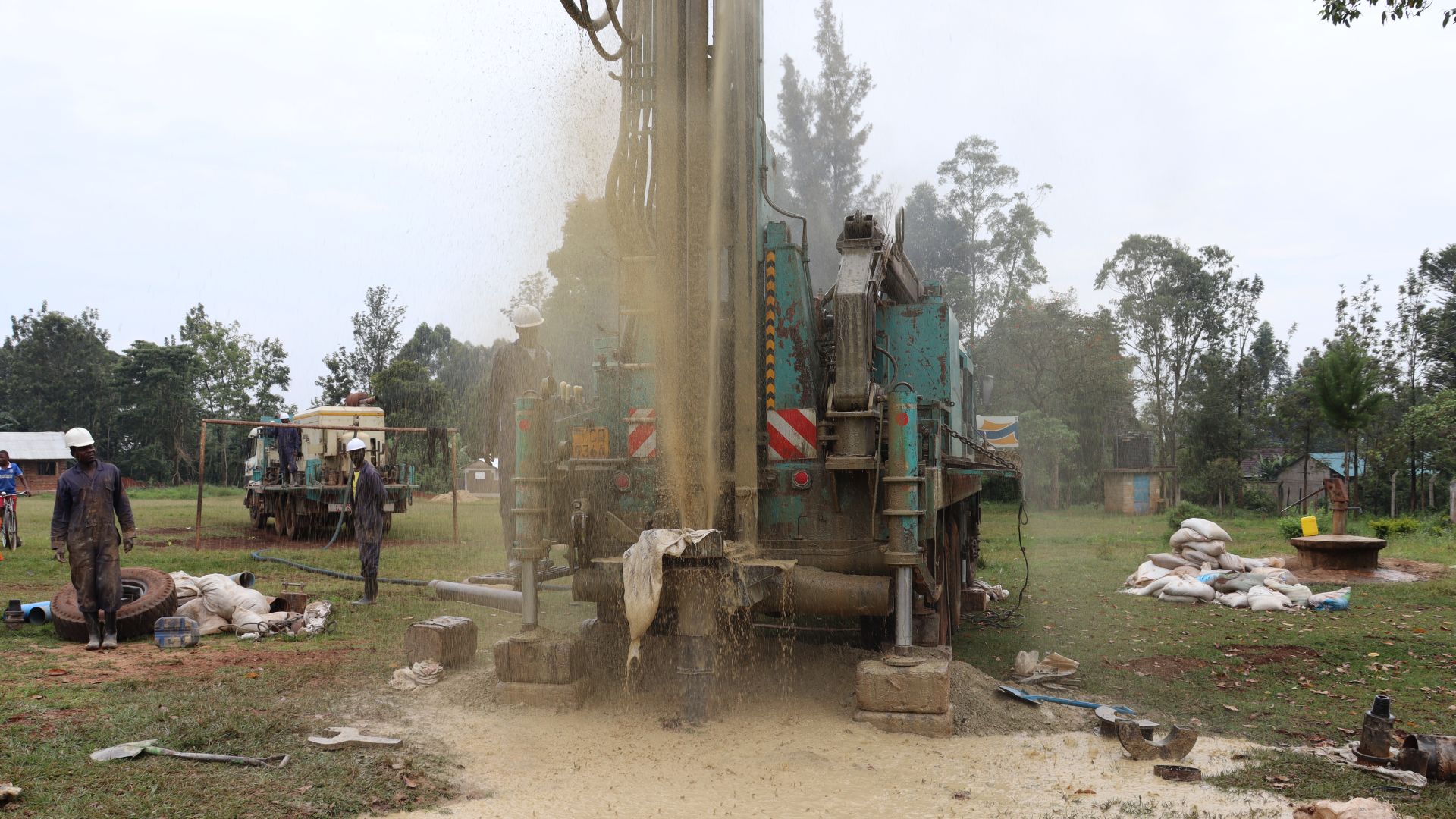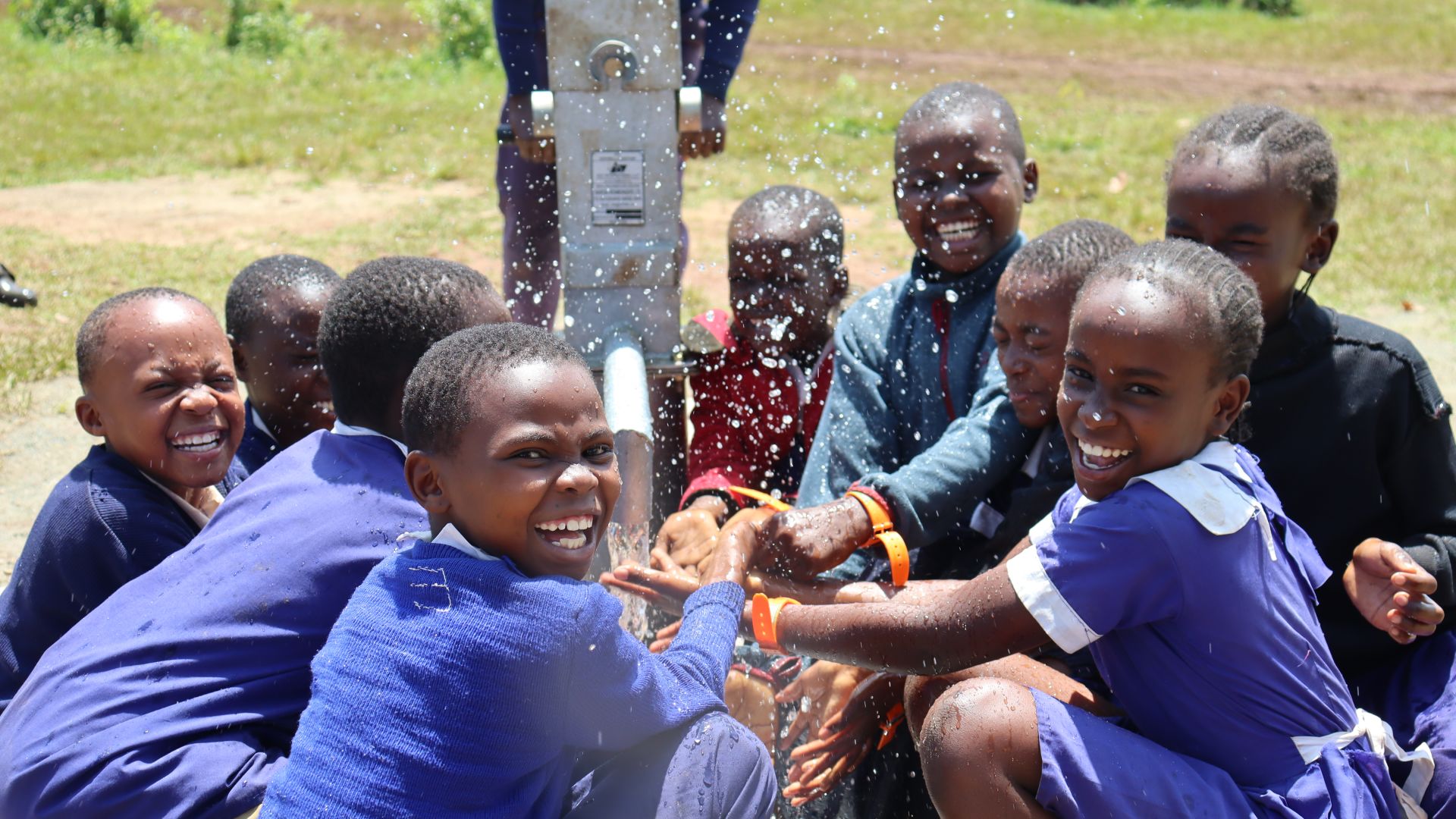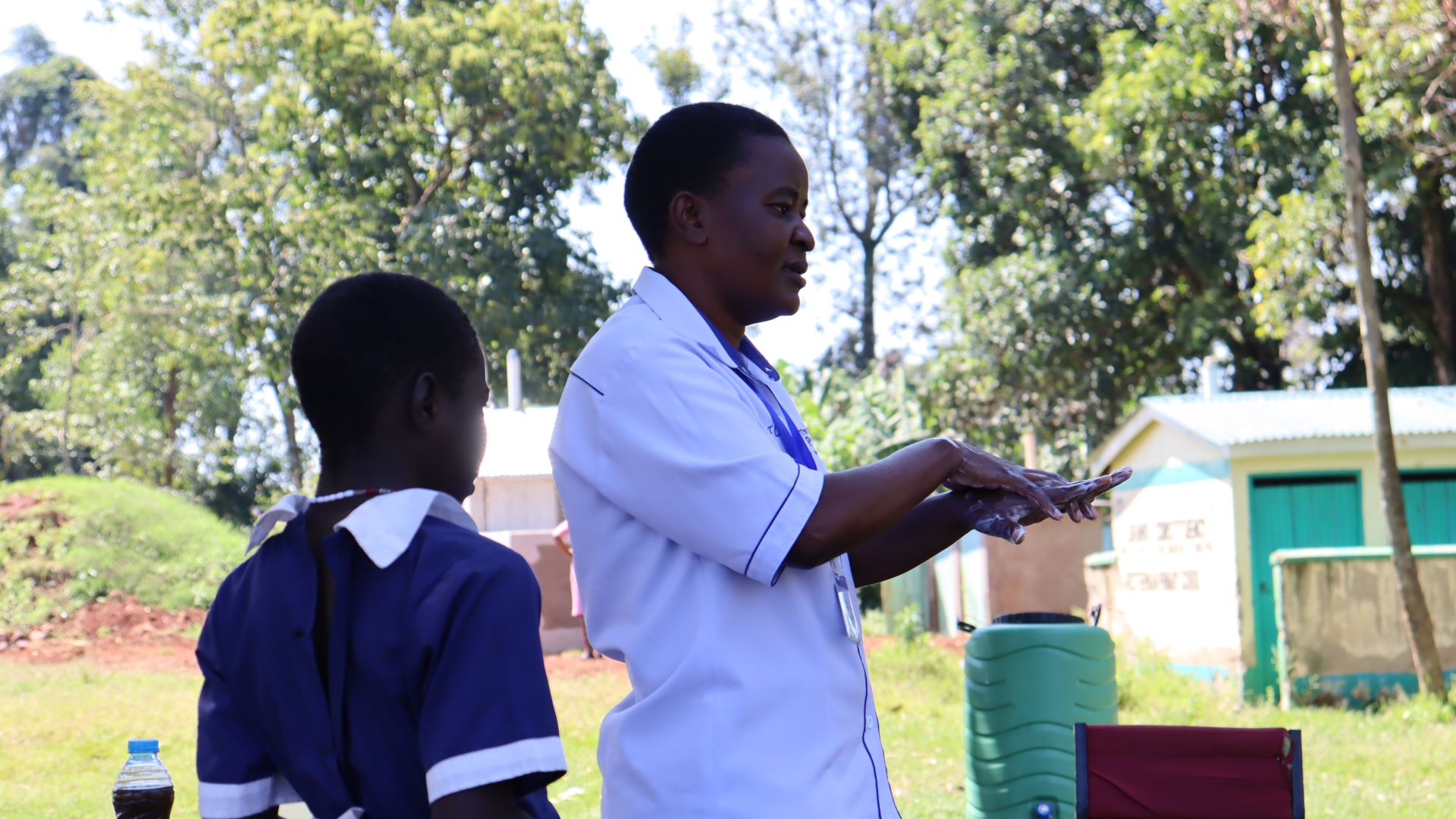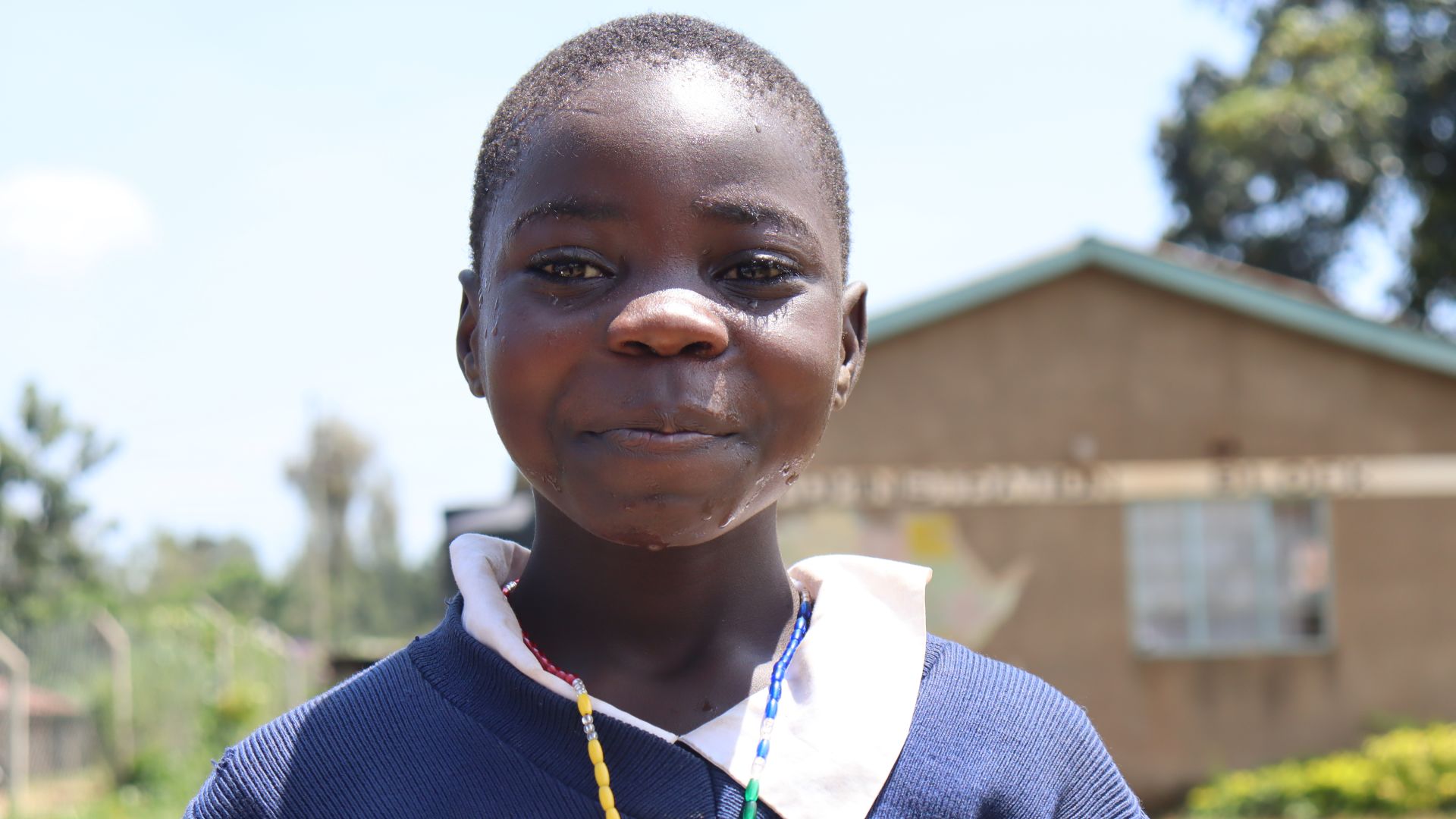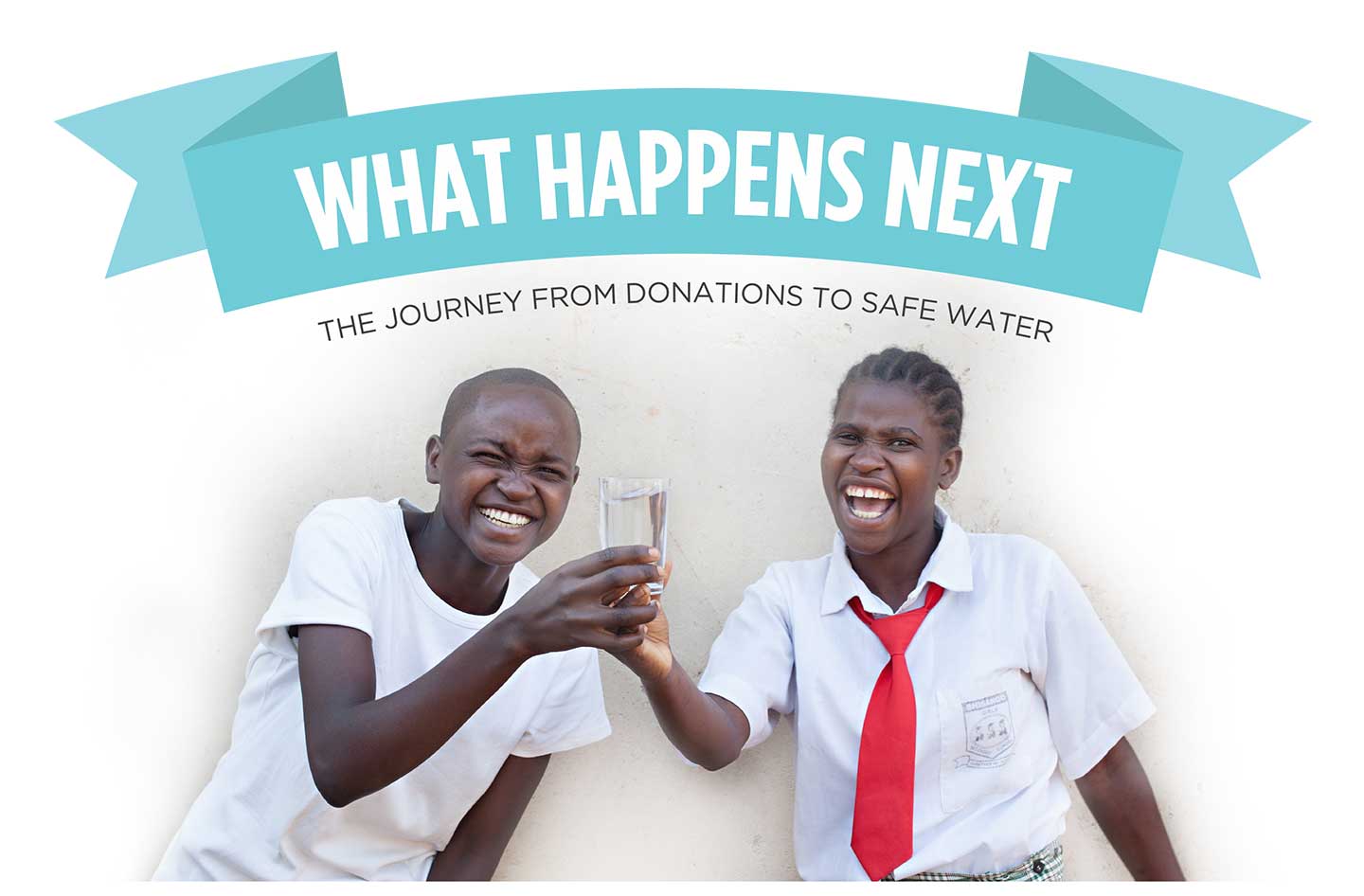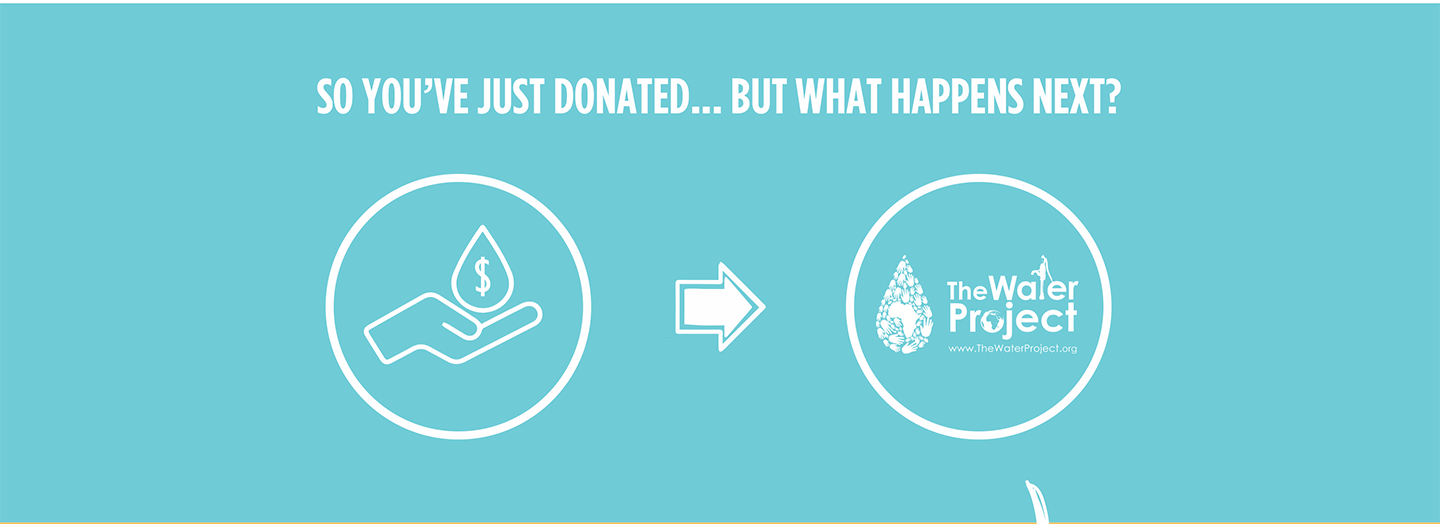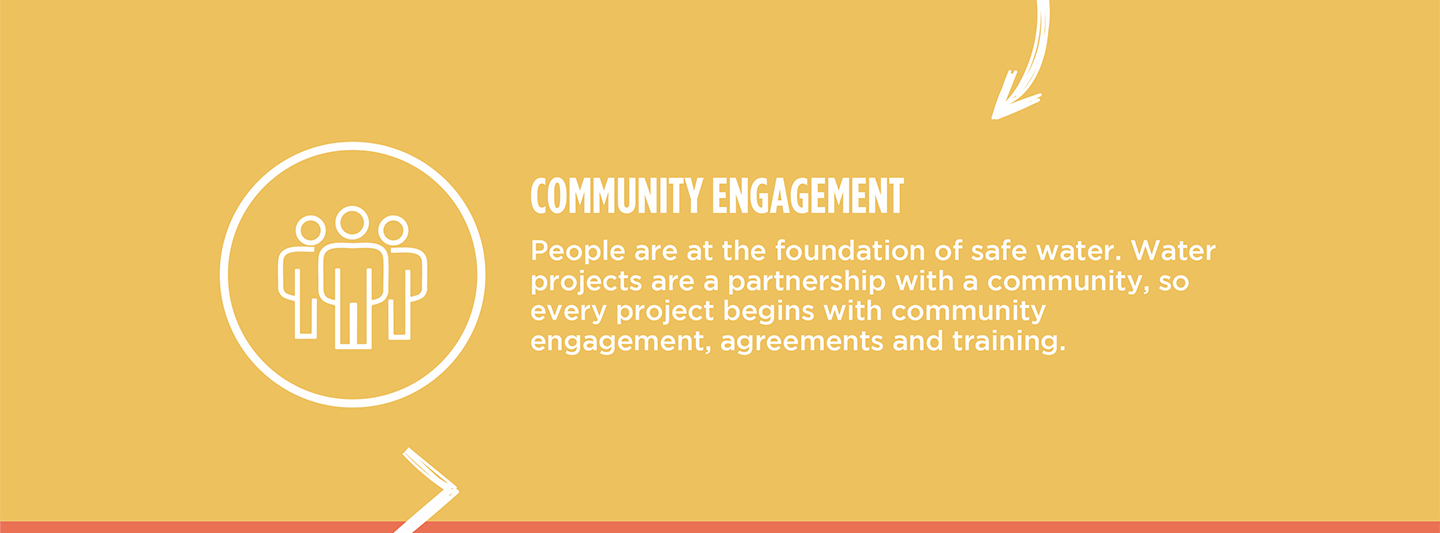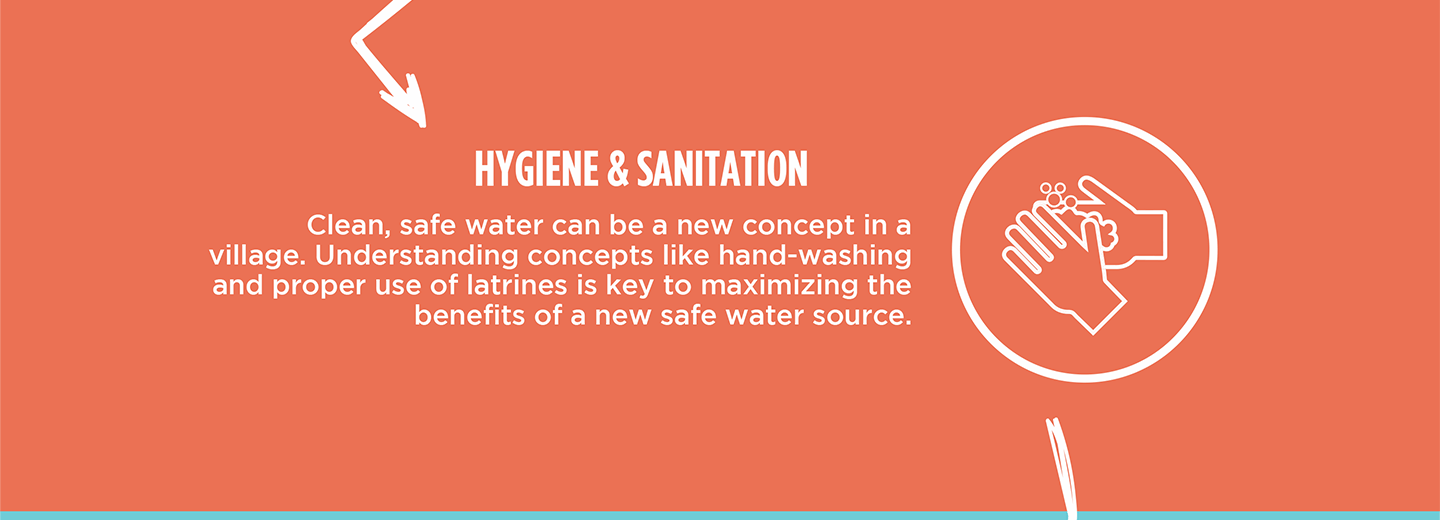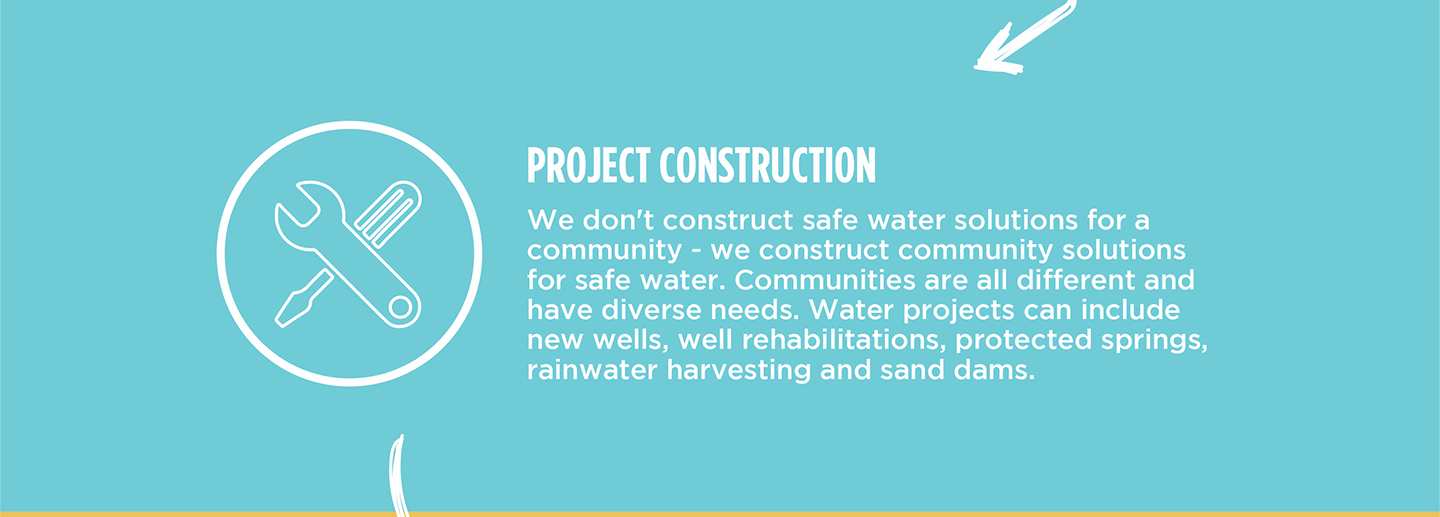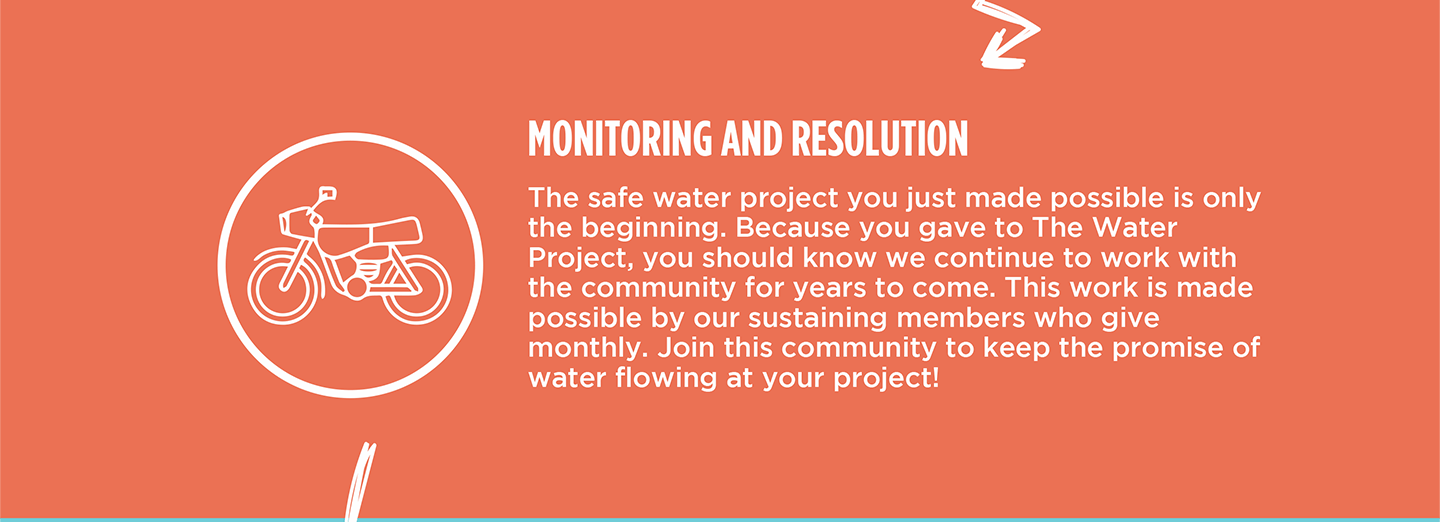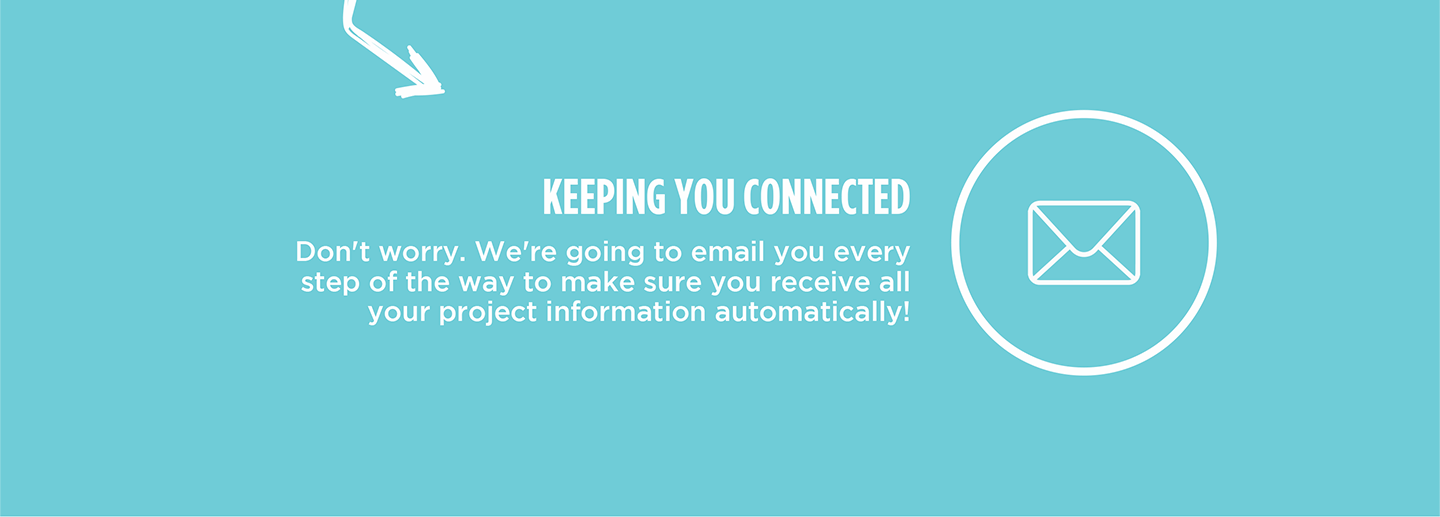504 students and teachers at Rosterman Primary School struggle to access sufficient water to meet their daily water needs. They must scrounge for even meager amounts of water, most of which is likely to make them sick.
The school has three sources available, but none meet even their most basic needs.

There is a rain tank (seen above) on the school campus, but the tank often sits empty due to the lack of rain. Even when it fills, the water runs out far too quickly because of the large student population.
There is a protected dug well in the community that students can access, but the well is overcrowded and has no water to offer during the dry seasons.

The final option for water, an unprotected spring, is where students turn most often. The spring is in disrepair, which causes the water to flow slowly, delaying students' time outside the classroom even further.

Sadly, the water students consume from any of the sources currently available causes them to suffer the consequences of drinking contaminated water by contracting water-related illnesses. Being ill makes them miss valuable time in class that they desperately need for learning.
"Water from the sources [is] not safe for drinking unless treated because it is exposed to contaminants. Drinking water from [the] unprotected spring leads to one contracting diseases such as typhoid, cholera, diarrhea, dysentery, amoebiasis, and bilharzia," said field officer Samuel Samidi.
"Students being requested to go fetch water during class hours has never gone well with them, and this has affected their concentration and school attendance," continued Samuel.

"As a student of this school, we are the most affected when it comes to water challenges. Going to the spring has got its own challenges, and this has really affected most of our study hours due to time wastage. My overall performance is really declining, and I hope something will be done in the near future so that we students find ample time for our studies," said 14-year-old Serena A., shown above collecting water at the spring.
"Whenever we send our students to fetch water out of the school compound, one teacher is assigned to accompany them for security purposes. The students have to walk on the pavements of the tarmacked road, endangering their lives. A case where a student gets injured, teachers own responsibility," said 60-year-old teacher Christopher Gisia (seen below).

Installing a well will enable students like Serena to spend their time and energy learning instead of collecting water. Access to clean water will also free up teachers like Christopher to focus on helping students learn.
With readily available water on the school campus, they will no longer fear for their safety while making the dangerous trek to the spring and will no longer get ill from the water while at school. Access to clean and safe water will hopefully improve the lives of everyone at the school.
Water at schools is unique, which is why we need unique solutions.
The Proposed Solution, Determined Together...
At The Water Project, everyone has a part in conversations and solutions. We operate in transparency, believing it benefits everyone. We expect reliability from one another as well as our water solutions. Everyone involved makes this possible through hard work and dedication.
In a joint discovery process, community members determine their most advantageous water solution alongside our technical experts. Read more specifics about this solution on the What We're Building tab of this project page. Then, community members lend their support by collecting needed construction materials (sometimes for months ahead of time!), providing labor alongside our artisans, sheltering and feeding the builders, and supplying additional resources.
Water Access for Everyone
This water project is one piece in a large puzzle. In Kenya, Sierra Leone, and Uganda, we're working toward complete coverage of reliable, maintained water sources that guarantee public access now and in the future within a 30-minute round trip for each community, household, school, and health center. One day, we hope to report that this has been achieved!
Training on Health, Hygiene & More
With the community's input, we've identified topics where training will increase positive health outcomes at personal, household, and community levels. We'll coordinate with them to find the best training date. Some examples of what we train communities on are:
- Improved hygiene, health, and sanitation habits
- Safe water handling, storage & treatment
- Disease prevention and proper handwashing
- Income-generation
- Community leadership, governance, & election of a water committee
- Operation and maintenance of the water point
Handwashing Stations
Alongside each water source, we also provide two new gravity-fed handwashing stations that will allow everyone at the school to wash their hands without running water. Handwashing is so important to help prevent future water-related illnesses in the school community.
The student health club will maintain the stations, fill them with water, and supply them with soap (which we will teach the school community how to make during the training!).
VIP Latrines
In addition, we will construct two triple-door Ventilated Improved Pit (VIP) latrine blocks designed to prevent fecal disease transmission. Each latrine will have a cement floor, which is easy to use and clean regularly. Three doors will serve the girls, and three doors will serve the boys.
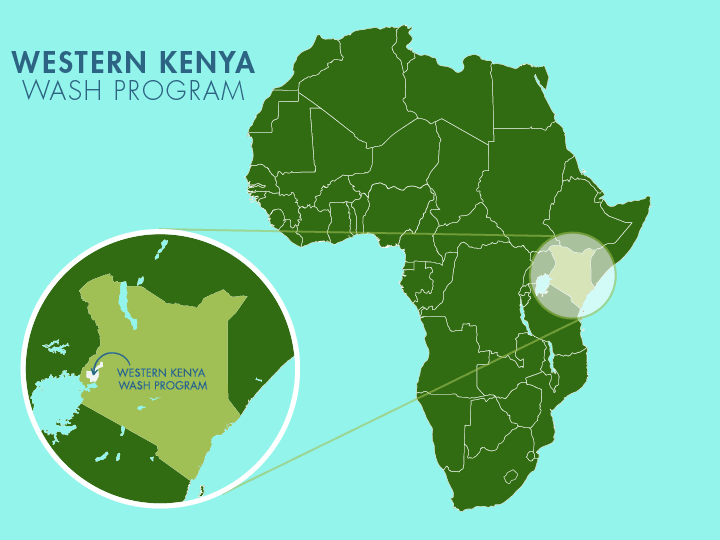
 Borehole Well and Hand Pump
Borehole Well and Hand Pump
 Rehabilitation Project
Rehabilitation Project

